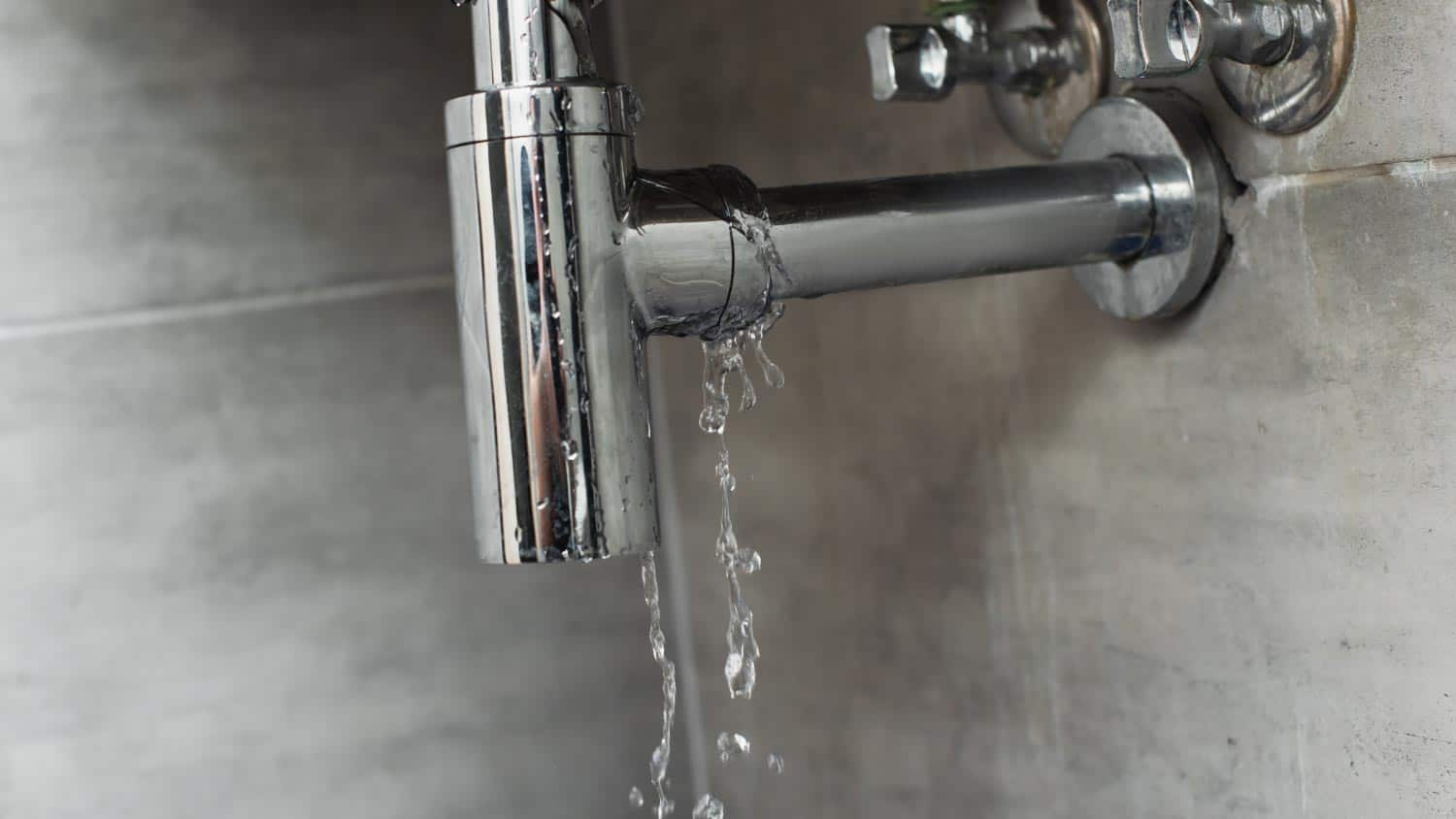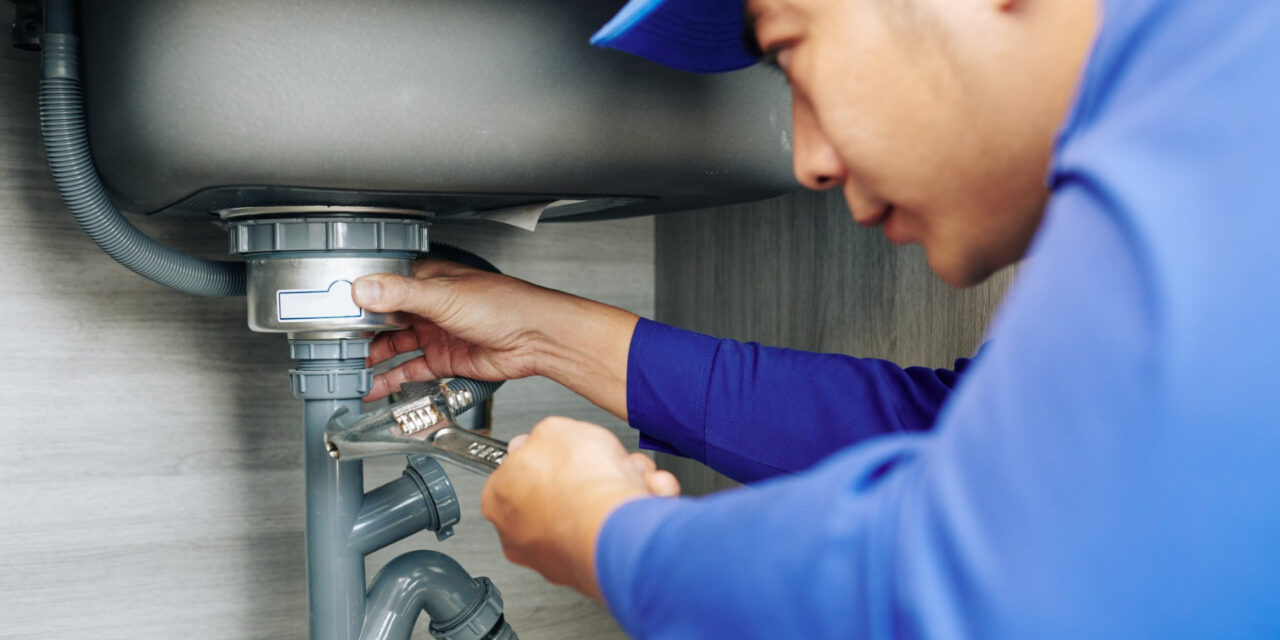Just how do you really feel with regards to Hacks to detect leaks?

Early discovery of dripping water lines can mitigate a possible calamity. Some little water leaks might not be visible.
1. Check Out the Water Meter
Every residence has a water meter. Examining it is a guaranteed manner in which assists you uncover leaks. For beginners, turn off all the water resources. Ensure no one will purge, make use of the faucet, shower, run the washing machine or dishwashing machine. From there, most likely to the meter and watch if it will change. Given that nobody is utilizing it, there must be no activities. That shows a fast-moving leakage if it relocates. Likewise, if you discover no changes, wait an hour or 2 as well as check back once more. This indicates you may have a slow-moving leak that could also be underground.
2. Examine Water Intake
Assess your water bills and track your water usage. As the one paying it, you ought to observe if there are any type of disparities. If you detect sudden changes, in spite of your usage coinciding, it means that you have leaks in your plumbing system. Remember, your water costs must fall under the very same variety on a monthly basis. An unexpected spike in your bill shows a fast-moving leak.
A constant increase every month, even with the exact same behaviors, reveals you have a slow-moving leakage that's also slowly intensifying. Call a plumber to completely inspect your residential or commercial property, particularly if you feel a warm area on your floor with piping underneath.
3. Do a Food Coloring Test
When it comes to water consumption, 30% comes from commodes. If the shade somehow infiltrates your dish throughout that time without flushing, there's a leakage in between the storage tank and also dish.
4. Asses Exterior Lines
Do not fail to remember to check your outdoor water lines also. Must water leak out of the connection, you have a loosened rubber gasket. One small leak can waste tons of water and also surge your water expense.
5. Analyze the circumstance and evaluate
Homeowners must make it a practice to examine under the sink counters as well as also inside cupboards for any kind of bad odor or mold development. These two red flags suggest a leakage so timely focus is needed. Doing regular evaluations, even bi-annually, can conserve you from a major issue.
Examine for stainings and compromising as most pipelines as well as devices have a life span. If you presume leaking water lines in your plumbing system, don't wait for it to intensify.
Early discovery of leaking water lines can reduce a possible catastrophe. Some small water leaks might not be noticeable. Examining it is a proven way that helps you discover leaks. One little leakage can lose heaps of water and spike your water costs.
If you presume leaking water lines in your plumbing system, do not wait for it to intensify.
WARNING SIGNS OF WATER LEAKAGE BEHIND THE WALL
PERSISTENT MUSTY ODORS
As water slowly drips from a leaky pipe inside the wall, flooring and sheetrock stay damp and develop an odor similar to wet cardboard. It generates a musty smell that can help you find hidden leaks.
MOLD IN UNUSUAL AREAS
Mold usually grows in wet areas like kitchens, baths and laundry rooms. If you spot the stuff on walls or baseboards in other rooms of the house, it’s a good indicator of undetected water leaks.
STAINS THAT GROW
When mold thrives around a leaky pipe, it sometimes takes hold on the inside surface of the affected wall. A growing stain on otherwise clean sheetrock is often your sign of a hidden plumbing problem.
PEELING OR BUBBLING WALLPAPER / PAINT
This clue is easy to miss in rooms that don’t get much use. When you see wallpaper separating along seams or paint bubbling or flaking off the wall, blame sheetrock that stays wet because of an undetected leak.
BUCKLED CEILINGS AND STAINED FLOORS
If ceilings or floors in bathrooms, kitchens or laundry areas develop structural problems, don’t rule out constant damp inside the walls. Wet sheetrock can affect adjacent framing, flooring and ceilings.
https://www.servicemasterbyzaba.com/blog/how-to-detect-water-leakage-in-walls/

We hope you enjoyed reading our article on Locating water leaks. Thanks a ton for taking the time to browse our posting. Be sure to take the opportunity to promote this blog entry if you appreciated it. Thank-you for taking the time to read it.
For fast action, contact!
Comments on “Detecting Concealed Water Line Leaks: 6 Clever Methods”